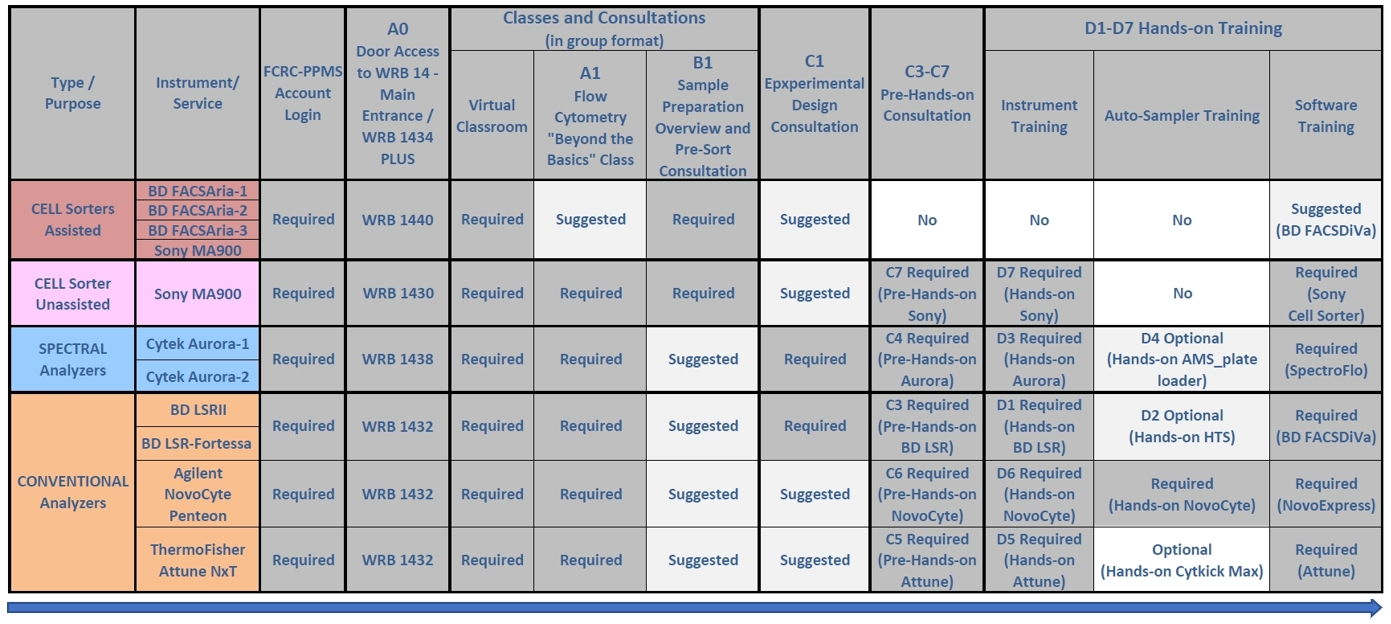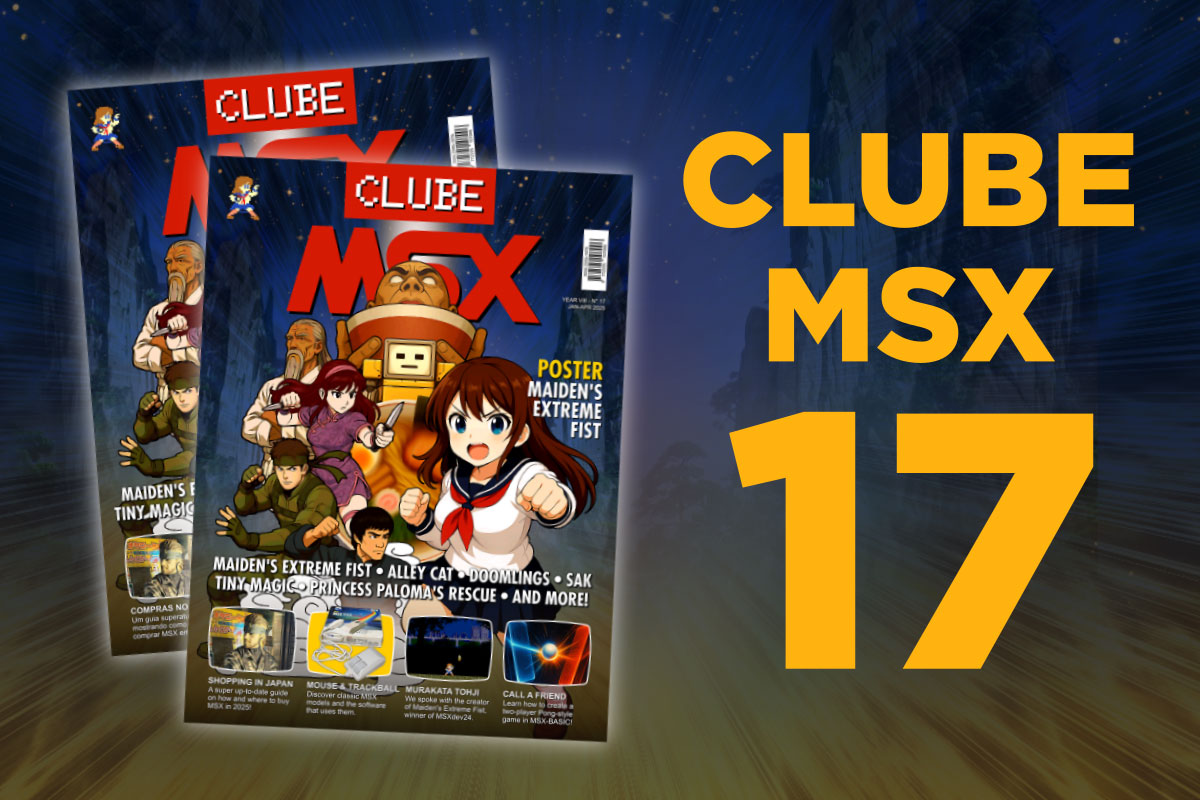Interview with Kazuhiko Nishi in Italy


Eleonora Sayaka interviewed Kazuhiko Nishi on her YouTube channel during his stay at the Pisa MSX DevCon 2024 event organized by the MSX Italy Association on November 16th.
The father of MSX travelled to the city of the leaning tower to present his new creations (MSX0 and MSX3) to the Italian public and also to connect with the young people eager to meet the man who could be one of the most influential people in their lives.
At 68, Mr. Nishi still has an enviable vitality . He never stops creating, never stops traveling around the world, and he is always ready to take photos, smile, talk to fans, sign autographs and give interviews. A very kind person, indeed.
The interview was conducted in English and I have taken the liberty of translating some passages of it in case it is of interest to the readers of these lines. This is not a literal translation, as there are parts in which I could not understand what Mr. Nishi was saying. My apologies in advance.
Eleonora Sayaka: Thank you for this interview, I would like to ask you what inspired the creation of the MSX standard and also what was the main goal.
Kazuhiko Nishi: It was in 1981 when we did a job for IBM: IBM OS and IBM Basic. So we found out that IBM was going to be very big, that it was going to be a standard and that it was going to be a 16-bit system. So we thought what is going to happen with 8-bit? I felt that there was a big business opportunity for 8-bit, a strong 8-bit, not as good as IBM but if we made something that was priced below IBM we could win. That is the beginning of the MSX. So from day one, we quickly decided that we were not going to compete with IBM. That was a very smart decision, so we made the MSX1, the 2 and the turboR. In 1993 I was 37 years old and when I made the MSX, ten years ago, I was only 27.
EN: Wow, so young!
KN: You are young, we are young. I left because I became the president of the company called ASCII and at that time I was busy working from 7 in the morning until 11 at night not only in computing but in advertising, business, software… I was busy so I left the MSX. For the first ten years I was very happy, but after ASCII left the MSX many consumers felt bad when the MSX was discontinued. So many people started their activity of talking about the MSX, supporting it and creating software for it. This has been a kind of blessing IN DISGUISE, the MSX being the only 8-bit computer that is going to be 16-bit and 32-bit; I am achieving it.
EN: Another question: What were the main technical and market challenges during the early development of the MSX?
KN: The specification was not good enough. As a software company we had the challenge of creating semiconductors. Microsoft was a leading software company but they didn't know anything about semiconductors. As a vice president at Microsoft I started making them. I partnered with Yamaha, the music brand, who only made semiconductors for synthesizers and electronic pianos. We told them that the next thing they needed to make was graphics chips and they taught me a lot. The biggest setback I faced was that I was 35 years old when I stopped and I was just a kid, I had no idea about international trade but I was brave, I had courage, I was crazy enough to visit many countries.
EN: Creative.
KN: I traveled to China, Russia, Arabia, Italy, Germany, France, the Netherlands, Spain, Portugal, England, Brazil…
EN: I think their creativity and originality is reflected a lot in the MSX standard.
KN: I traveled to almost every country to sell MSX and find a partner. This was for me a key experience where a young Japanese with no knowledge now faces international business. I used to travel without a suitcase, I only traveled with a paper bag. It's like traveling to Rome, you know?
EN:To take a walk.
KN: Yes. I flew one night to London. In fact, the longest trip I ever made was a three-day trip around the world to promote the MSX. We started in Seattle, Washington, where Microsoft is headquartered. From there I flew to New York, from New York to London, from London to Kuwait, from Kuwait to Hong Kong, from Hong Kong to Tokyo, and from there, back to Seattle. The whole trip I only ate on the plane. So this was good training for being a businessman.
EN: Of course. Another question: What do you think made the MSX so popular in countries like Brazil, Netherlands and why it was not successful in other regions?
KN: The success in Holland with Philips is there. Philips was the biggest promoter of MSX in Europe. The success in Brazil was due to a law of the Brazilian government that prohibited the import of computers and instead required manufacturing there. So there were many Brazilian companies that imported the components, even the casing, and the computers were assembled there. Having a company that assembled MSX in Brazil was a very important means of promotion. I was afraid for the US because IBM was there and I didn't want to compete with them since it was Microsoft's biggest customer. And we couldn't imagine it, but MSX became IBM's competitor in the second-, third- and fourth-hand computer market. An IBM computer was sold at that time for 11,000 dollars, a second-hand one for 500 dollars, a third-hand one for 250 dollars and a fourth-hand one for 100 dollars. I didn't think that a computer could be resold used, so I figured I was going to sell MSXs in front of old IBMs in the US where Commodore and Atari were very active in releasing cheap computers. So I said, "No, we're not going to sell in the US."
If there is a 80-90% chance of winning you go to war. If the chance is 50% then no. With IBM, Commodore and Atari doing business in the US how could we succeed there? So we pulled out. It was my decision and it was the right one. Ten years later I retired from developing new projects for MSX, and MSX lasted ten more years, and just after the year 2000, after a period of 20 years MSX has been very active and we didn't lose money, we made money. That was a good decision, but after 20 years of vacation I have decided to somehow come back to MSX. A real father misses his son, The real father misses his son so after 20 years I am back.
EN: With some original and creative ideas…
KN: IoT ( Internet of Things ) Internet of Things, a fast Internet of Things. Nobody has succeeded in this, not even Raspberry Pi. Raspberry Pi is going for high quality and I laugh at seeing them all in the same trap. The philosophy of the Internet of Things is “do it yourself”, by self-study and now I am introducing video games to the MSX. I have not done anything regarding video games so far, but I am putting them together with a simulator (emulator). People tell me that I am playing with technology, that I am playing with consumer products. And as a computer scientist and engineer I would say “let me challenge the state of computer science with artificial intelligence”.
My professor at MIT was called Marvin Lee Minsky , and he invented artificial intelligence. I am his student and I have been visiting the professor at MIT, so I would like to show people that I can do cutting-edge research and development, especially in artificial intelligence, so I bring LLM ( Large Language Model ) , which is the core technology of artificial intelligence on MSX. So, you can buy a supercomputer for your home for 10,000 or 20,000 dollars, that is what I want to happen.
EN: Are there any strange or funny anecdotes that happened during the development of the MSX standard?
KN: Well, it's not funny, but my biggest sadness during the development of the MSX standard was the political maneuvering of Sony together with Philips and us (ASCII) about how we were going to connect a CD-ROM to the MSX. Sony and Philips invented the CD-ROM optical disk and brought music to this format by creating CD-Audio. They wanted to create an interface for MSX for this format, but Sony had its agenda and Philips had its own. We saw their positions and argued a lot, so we gave up: there would be no CD with MSX, there were no CD products for MSX. Philips did its project, the CD-i which sank, while Sony bet on its PlayStation product. It's a mixed reading. Then I proposed a high-density format and Sony listened to me even though Toshiba was the one who invented the DVD. Sony lost, I lost, while Toshiba won. So these fights in the standardization of the optical disk have been my bitter memory. I will not make mistakes again with MSX3.
One thing I couldn’t finish on MSX and I’m involved in for implementation on MSX3 is the H.264-H.265 MPEG video compression. We did it but the MSX didn’t have enough power to run MPEG and now I’m going to bring that technology to the MSX for 2K, 4K, 8K video and we’ve been working with artificial intelligence for 20 years under the direction of Professor Marvin Lee Minsky and now I’m going to bring that artificial intelligence into research and development with this (points to a MSX3 prototype).
Related Link: YouTube
Source: https://www.msxblog.es/entrevista-a-kazuhiko-nishi-en-italia/





